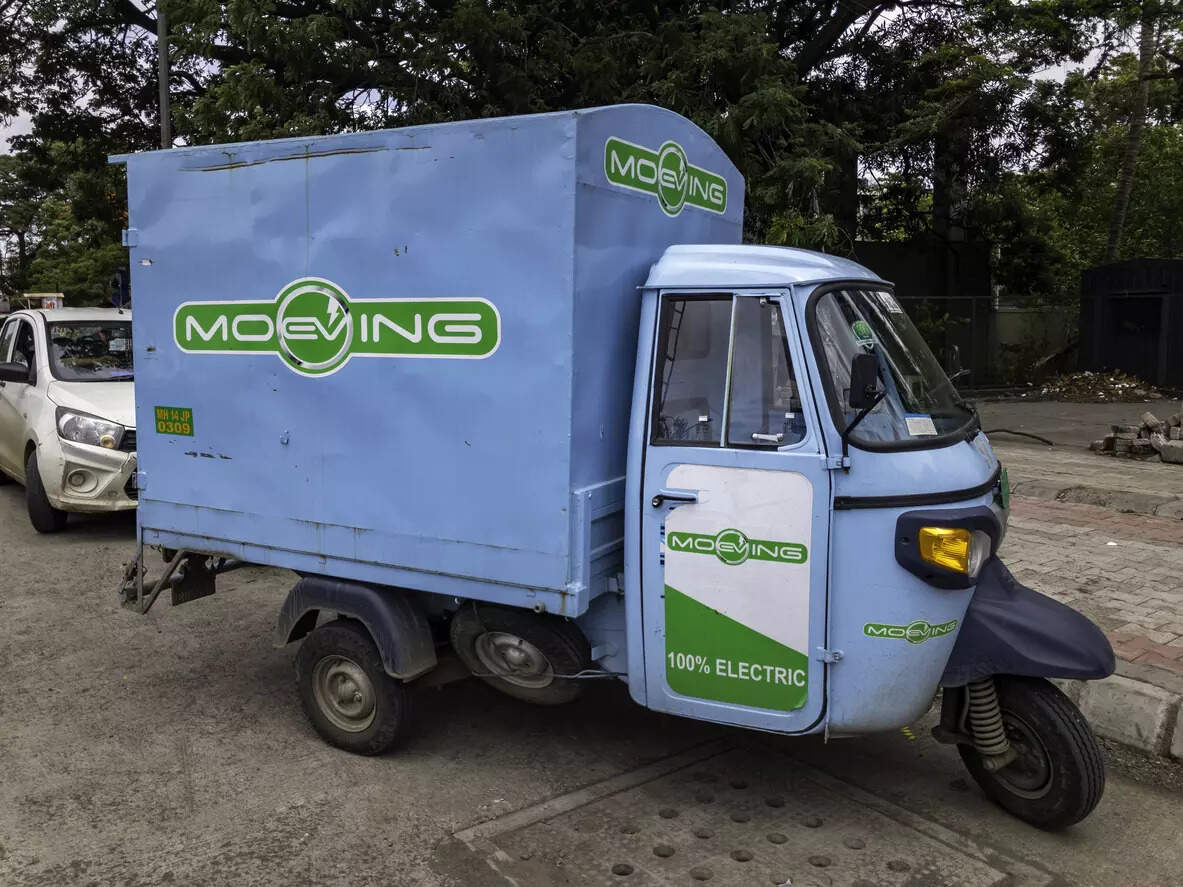
Manufacturers of electric three-wheelers have approached the government seeking an at least 50% increase in the subsidies to them under the scheme to promote clean mobility, industry executives said.
These companies currently get a subsidy of INR 10,000 per kilowatt hour (kWh) on the three-wheelers they sell under Phase II of the Faster Adoption of Electric and Hybrid Vehicles (FAME) policy. They want it to be increased to at least INR 15,000 per kWh, bringing the incentive at par with that given to electric two-wheelers.
KWh indicates the size of the battery in the vehicle. The bigger the battery, higher the subsidy, though it is capped at INR 5 lakh.
Sales of electric two-wheelers had grown at a quick pace after the government in 2021 increased the subsidy for the segment INR 15,000 a kWh.
Several industry bodies have made representations to the Ministry of Heavy Industries (MHI) on this demand, said a senior government official, adding: “The MHI arranged stakeholder consultation and is currently considering the same.”
An industry executive said a study has been conducted on the impact of a higher subsidy on the sector and the findings have been submitted to the MHI. “It is currently at the evaluation stage,” he added.
Electric three-wheeler makers believe a hike in the subsidy will significantly boost their sales as well, as in the case of two-wheelers.
According to the FAME-II website, the programme is targeted at facilitating the sales of 1 million electric two-wheelers and half a million three-wheelers. While 842,985 electric two-wheelers have been sold under the FAME-II scheme, only 85,166 three-wheelers have been sold under the scheme as per latest data.
As per the website, only about INR 4,238 crore of the INR 10,000 crore allocated under the scheme had been used so far. The scheme is scheduled to run till March 31, 2024.
Major electric three-wheeler manufacturers include Mahindra Electric, Bajaj Auto, Kinetic Green, Piaggio and Euler Motors.
“The buyers of three-wheelers are hesitant to buy electric three-wheelers due to the initial cost difference vis a vis ICE (internal combustion engine),” said Sulajja Motwani, founder and CEO of Kinetic Green. “They are either sticking to the CNG or diesel products or opting for non-FAME approved e-rickshaws.”
If the FAME-II subsidy is increased by 50%, then the upfront cost of the vehicle would be more competitive with EVs, she said.
The request to the government comes amid significant scrutiny on electric two-wheeler makers as multiple companies have been accused of flouting localisation rules and mispricing the vehicles to avail of the FAME-II subsidy. The companies had denied any wrongdoing, even as the government suspended disbursal of the subsidy to several of them.
The government is also relooking at the prospect of not extending the FAME-II subsidy timeline even as the industry demands an extension beyond 2024. ET had reported on March 7 that the Rs 10,000 crore scheme is unlikely to be extended after the end of the next financial year.
The two-wheeler EV makers, in fact, are expecting the subsidy for the form factor to run out before the end of policy’s validity.